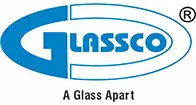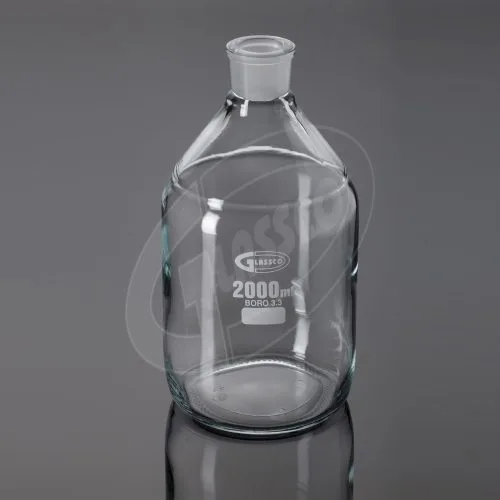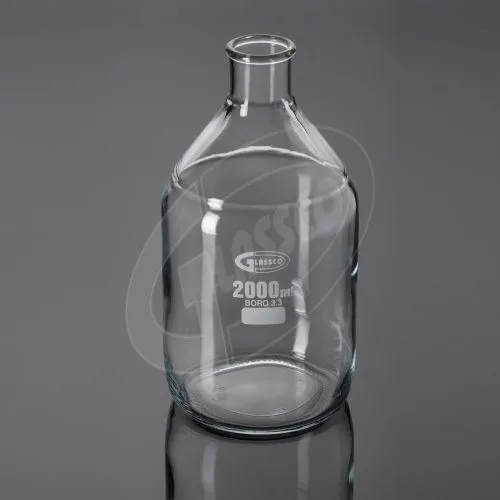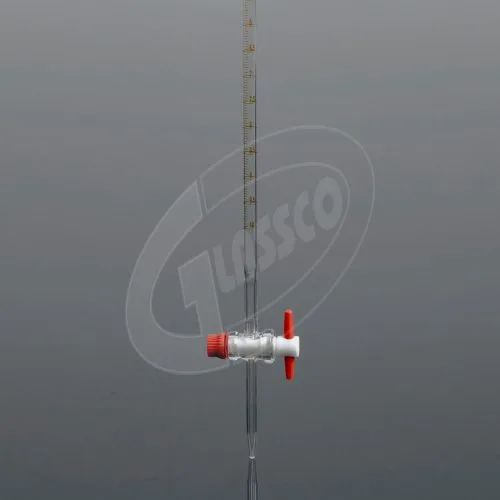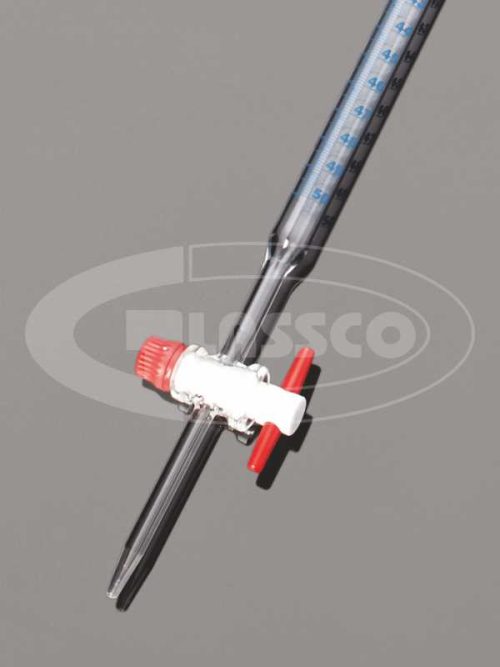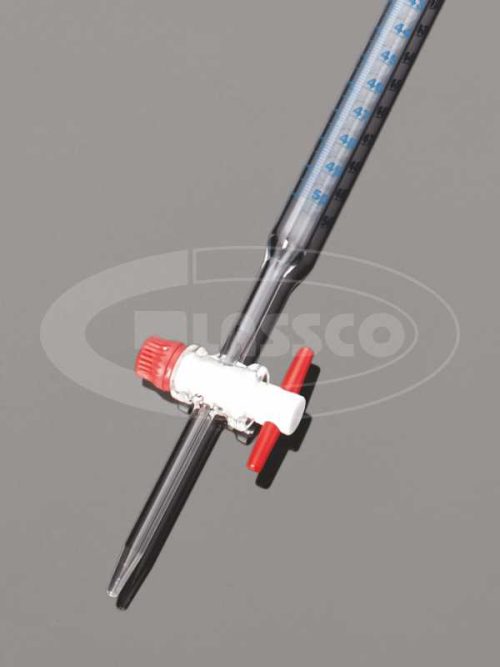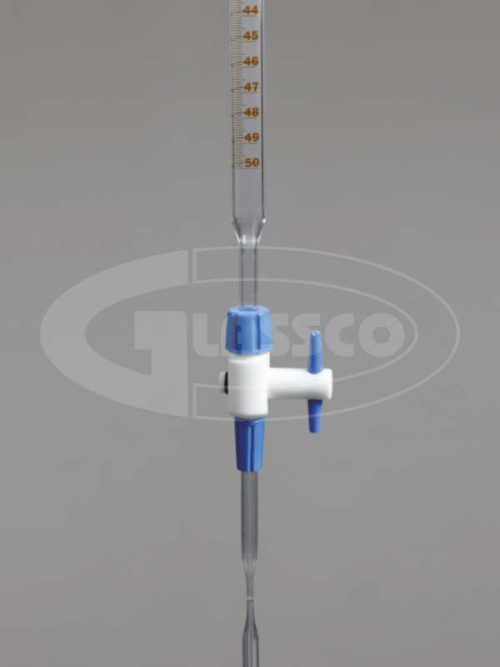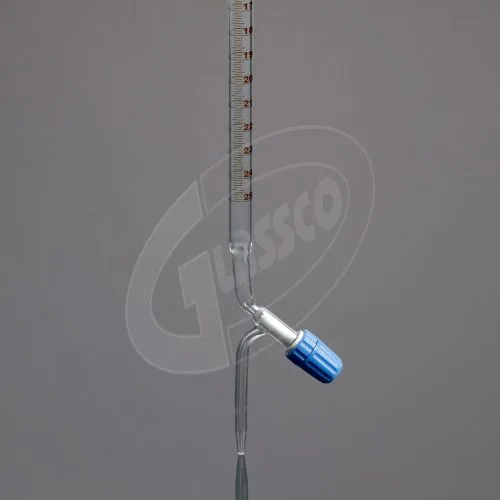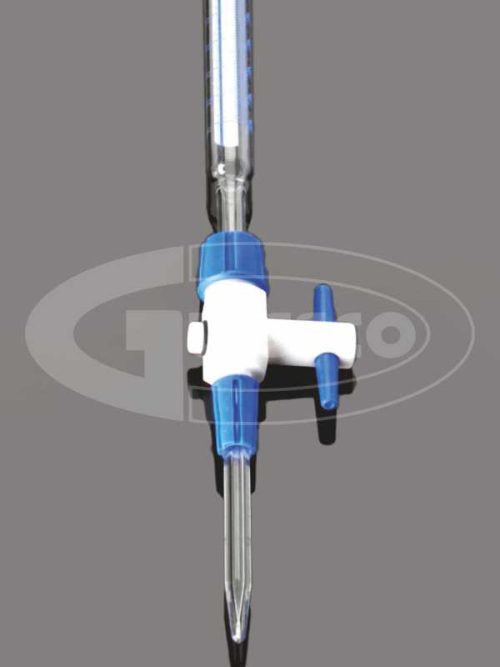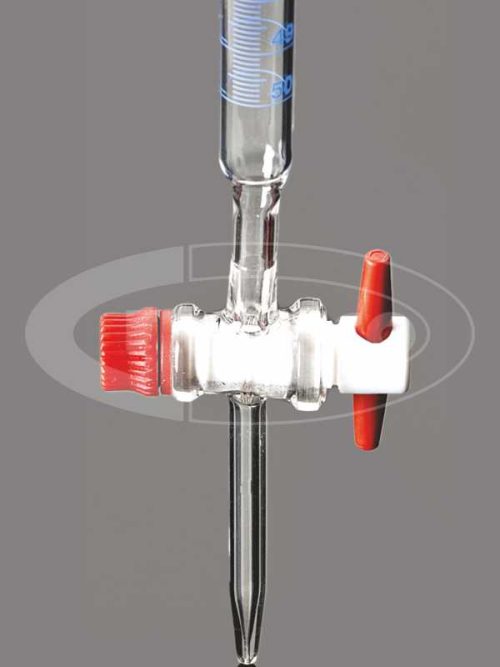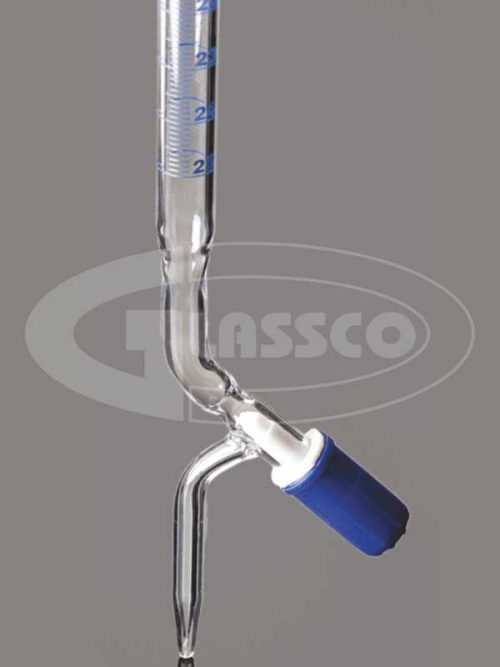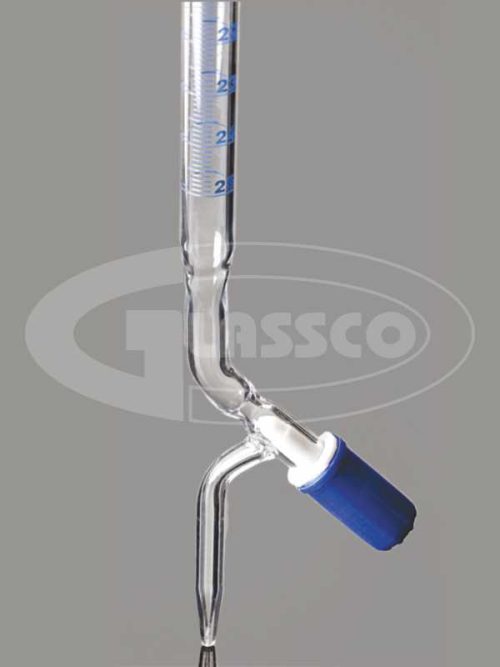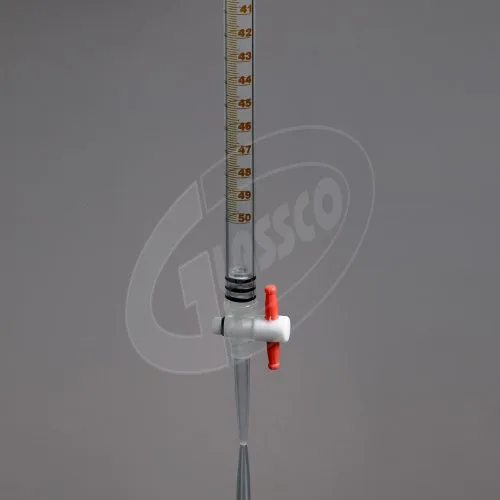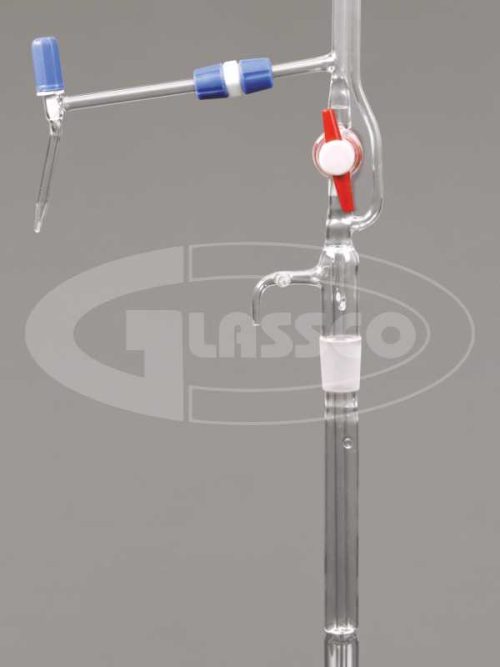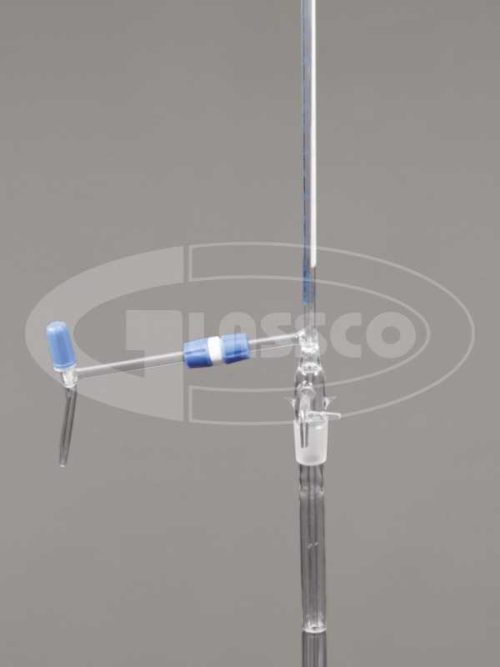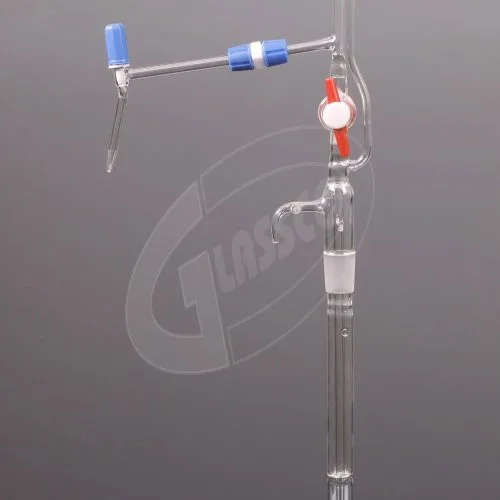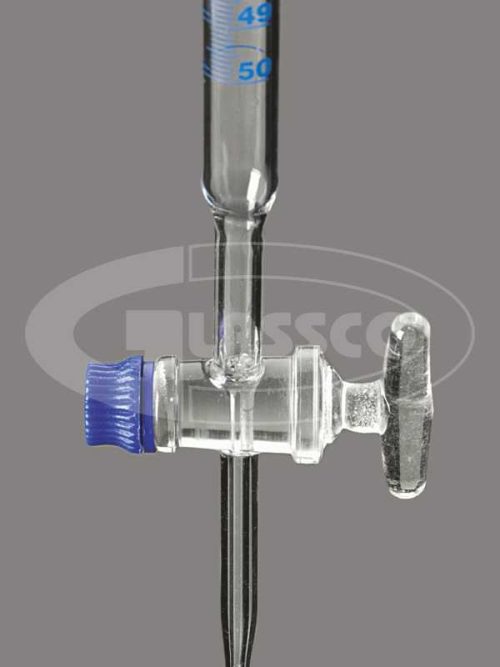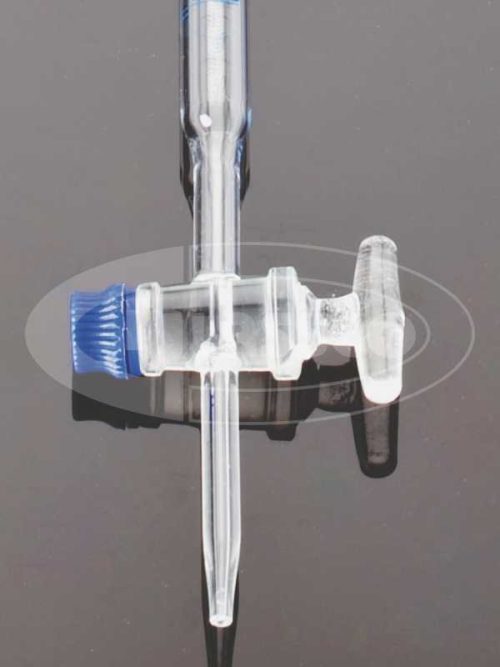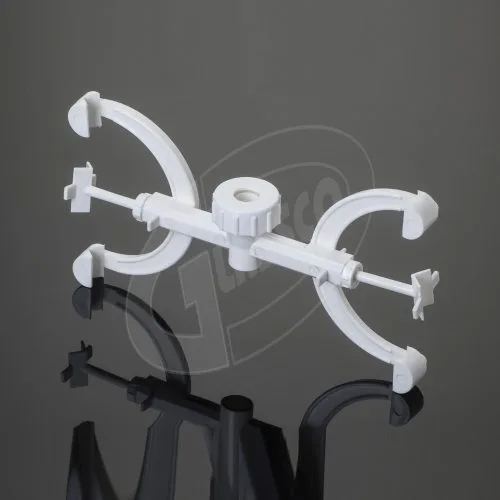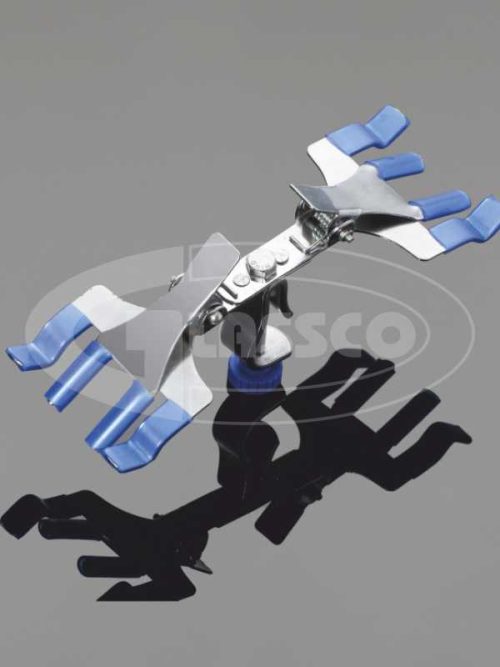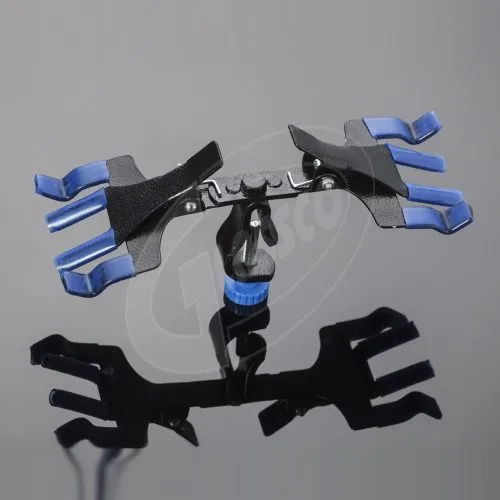Burettes
Automatic Burettes
- Chemical Resistance
- Consistency
- Durable
- Autoclavable
- Heat Resistance
- Needle Valve Stopcock
- Vacuum Pump
- Spring Holders
- Clamp
- Bottle
- Stopper
How to clean an Automatic Burette?
An Automatic Burette should be thoroughly cleaned and dried. Rinse the burette with distilled water twice and drain it using a stopcock. Then again rinse it with solution, roll it, drain and let it dry.
Where and how to store?
A Burette should be stored very carefully. Keep it in a freestanding rack. Store them inverted with taps open so that they should be drained.
- Class A and Class AS Burettes
- PTFE Stopper
- Fully Autoclavable
- Detachable Needle Valve Stopcock to ensure no breakage
- NABL, Batch and Individual Certificates available
- Made of Chemical and Heat Resistant Glass Boro 3.3
- Manufactured under ASTM, ISO and USP Standards
- Handle the burette very carefully.
- Sterilize it regularly before and after use.
